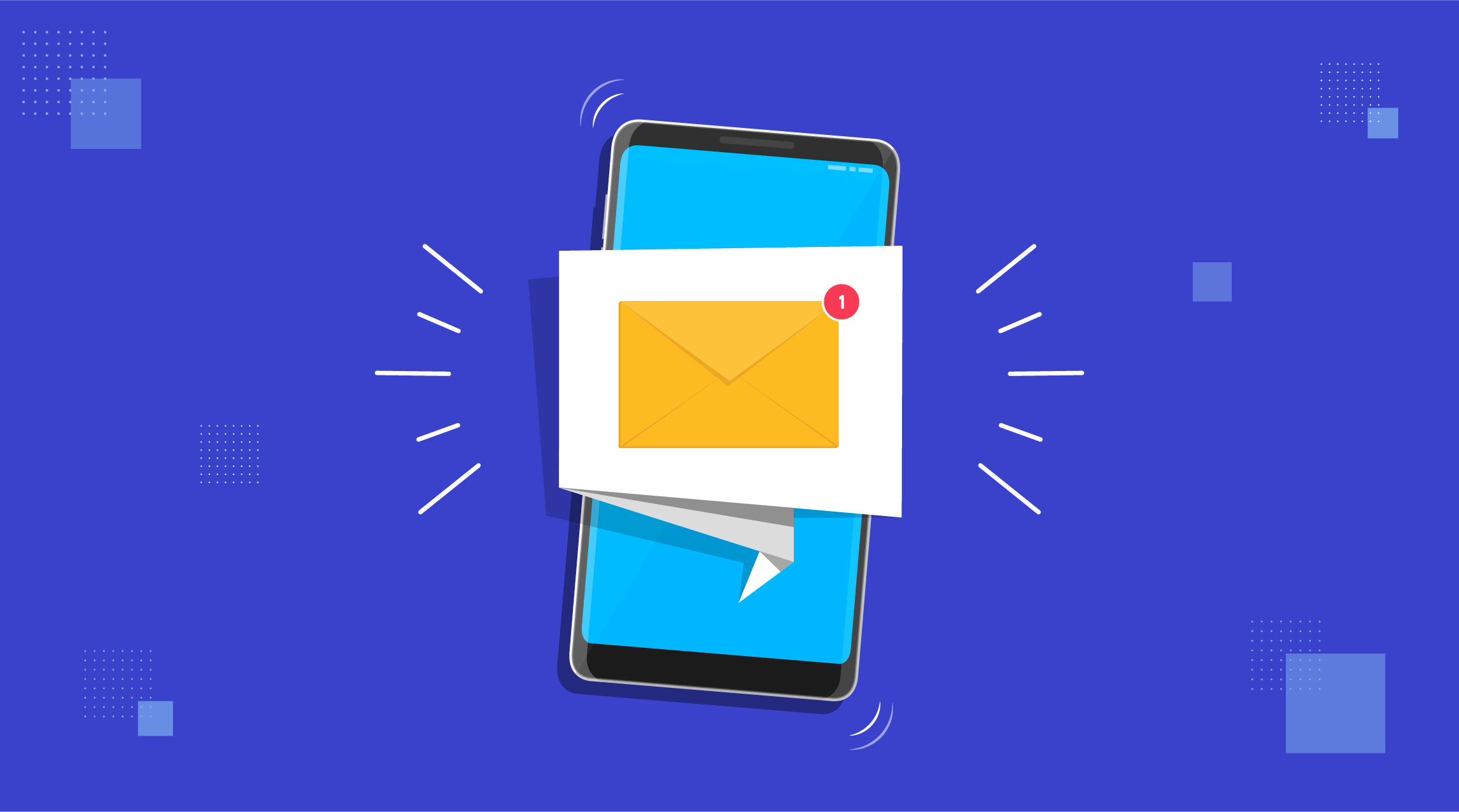We’ve already established that email campaigns are most effective when they hit a person’s inbox at the time they are most likely to engage. Automated, or triggered, emails are one of the first steps to marketing automation and enable you to send a personalized message to a customer when your brand is top of mind.
Triggered emails allow you to send an email based on a visitor’s interaction with your website. The relevance of these triggered messages builds trust with customers and gives the illusion of personal touch. Keep reading for some of our favorite triggered email best practices for 2020.
Triggered emails
Automated email marketing gives you the ability to use a customer’s actions as a “trigger” for targeted, relevant emails. B2C organizations that use email automation have seen conversion rates as high as 50 percent. Wondering which web activities you can use to influence an email send? Try the following.
Abandoned cart
Someone who takes the time to look through products on your website and add an item to their cart is clearly interested in what you have to offer. Unfortunately, many won’t cross the finish line and actually complete the purchase process. The average cart abandonment rate for online shoppers is nearly 70 percent.
The reasoning varies from high added costs (for shipping, taxes, etc.) to website issues, but regardless of the cause, it presents an opportunity to contact a person just when they are thinking about you. Once that visitor leaves your site with an item sitting in their cart, you can a triggered email lets them know what they are missing out on. Include text like, “get it before it’s gone!” to create a sense of urgency along with an image of the actual product (this can be set up dynamically). If you really want to sell them, include an exclusive discount on the item.
Product or landing page visit
Similar to an abandoned cart, a website visitor may land on a specific product or content page, browse for a few minutes, then leave your site altogether. By spending a certain amount of time on your website, that person has indicated some level of interest, presenting yet another opportunity to engage them further. Put yourself in the mind of that visitor: perhaps they were looking at a product, but didn’t find all the information they wanted so decided to look elsewhere.
Considering this, set up an automated email that dynamically pulls in the product or content they were looking at and provides additional details-or asks if they have questions and want to know more. Include several methods for getting in touch with you, like your support email, phone number, or social media accounts. You can also include a coupon or promo code to urge a purchase.
Newsletter signup or form completion
Perhaps you have one or more forms on your website for signing up for your emails or newsletter, downloading a piece of content and/or receiving a discount or promotion. Consumers have come to expect instant confirmation after submitting a form, so follow suit and do just that. These emails should thank the visitor for filling out the form, provide the content they requested (if applicable) and perhaps offer additional useful resources.
Inactivity
While using a subscriber’s website action is beneficial for sending relevant and timely emails, lack of action can be as well. If someone has had no activity on your website for a certain period of time, it could be that they have lost interest or don’t see value in your content. Whatever it is, you don’t have to accept it without investigation. There are some tactics you can try to better understand the customer and try to re-engage them. Set up a trigger for people who have had no website engagement for a certain period of time (30 days, for example), and include content that reminds the recipient of your value. It could be that they’ve forgotten about your awesome products or services and just needed a simple reminder.
A person comes to your website for a reason-capitalize on that and give them what they want as easily and quickly as possible. Emails based on an individual’s behavior means you are delivering a more personal experience that hopefully prompts them to take the next step in their buyer’s journey.
Your email platform should have capabilities to integrate website activity and support these efforts. Maropost for Marketing offers dynamic emails and best-in-class deliverability to ensure your audience gets the most relevant message at the optimal time.
Need to chat about your mobile marketing strategy?
More than 10,000 marketers use Maropost to engage with their prospects and customers through emails, SMS, social media and more. We’re here to help you growing your business!
Chat Now
